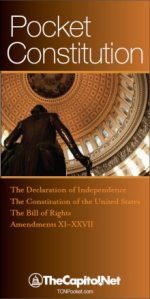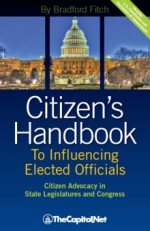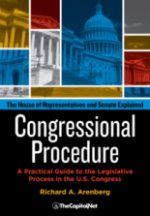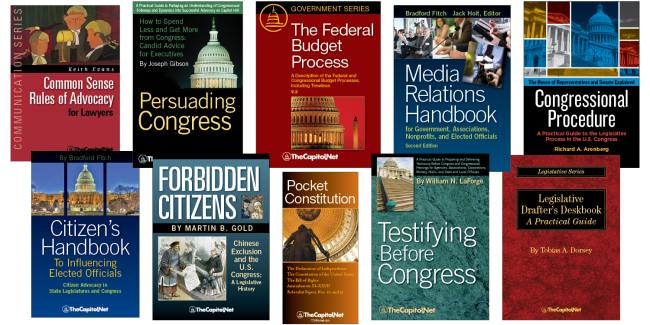From the Congressional Glossary – Including Legislative and Budget Terms
Joint Session / Joint Meeting

Joint Session: When the House and Senate meet together to conduct formal business or to hear an address by the president of the United States. A formal meeting that occurs when both houses adopt a concurrent resolution. A joint session, for example, is usually what the sessions are called to count electoral votes and receive the State of the Union message.
President Trump 2018 State of the Union Address (C-SPAN)
The inauguration of the president is referred to as a joint gathering, although in recent years it has been held pursuant to concurrent resolution and thus would be a joint session. The Speaker of the House presides over both joint sessions and joint meetings, with one exception: the vice president as the president of the Senate or the president pro tempore of the Senate presides over the counting of electoral votes. The two chambers normally convene on the day of the joint meeting or joint session, and then recess to conduct the joint meeting or joint session in the House chamber after the Senate as a body proceeds across the Capitol to the House chamber.
A joint meeting occurs when each chamber agrees by unanimous consent to meet with the other chamber. Addresses by foreign dignitaries or special guests, as well as commemorative gatherings, occur in joint meetings.
Pope Francis addresses Joint Session of Congress – FULL SPEECH (C-SPAN)
Also see
- § 5.34, Joint Meetings and Joint Sessions, in Congressional Deskbook
- Chapter 2.G. Concurrent Resolutions in Congressional Procedure
More
- President of the United States / State of the Union (CongressionalGlossary.com)
- “Counting Electoral Votes: An Overview of Procedures at the Joint Session, Including Objections by Members of Congress,” CRS Report RL32717 (16-page PDF
 )
) - “Use of the Capitol Rotunda, Capitol Grounds, and Emancipation Hall: Concurrent Resolutions, 101st to 116th Congresses,” CRS Report RL34619 (31-page PDF
 )
) - “History, Evolution, and Practices of the President’s State of the Union Address: Frequently Asked Questions,” CRS Report R44770 (14-page PDF
 )
)
Courses
- Congressional Operations Briefing – Capitol Hill Workshop
- Drafting Federal Legislation and Amendments
- Writing for Government and Business: Critical Thinking and Writing
- Custom Training
- Preparing and Delivering Congressional Testimony and Oral Presentations, a Five-Course series on CD
- Congress, the Legislative Process, and the Fundamentals of Lawmaking Series, a Nine-Course series on CD
Publications

Testifying Before Congress |

Pocket Constitution |

Citizen’s Handbook to Influencing Elected Officials: A Guide for Citizen Lobbyists and Grassroots Advocates |

Congressional Procedure |
CongressionalGlossary.com, from TheCapitol.Net
For more than 40 years, TheCapitol.Net and its predecessor, Congressional Quarterly Executive Conferences, have been teaching professionals from government, military, business, and NGOs about the dynamics and operations of the legislative and executive branches and how to work with them.
Our custom on-site and online training, publications, and audio courses include congressional operations, legislative and budget process, communication and advocacy, media and public relations, testifying before Congress, research skills, legislative drafting, critical thinking and writing, and more.
TheCapitol.Net is on the GSA Schedule, MAS, for custom on-site and online training. GSA Contract GS02F0192X
TheCapitol.Net is now owned by the Sunwater Institute.
Teaching how Washington and Congress work ™

